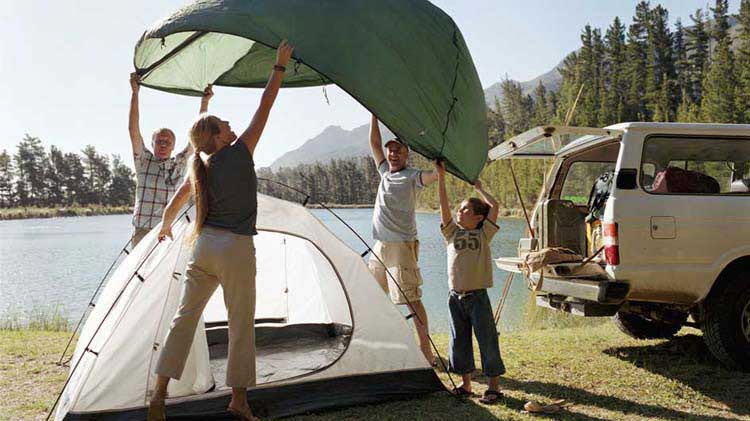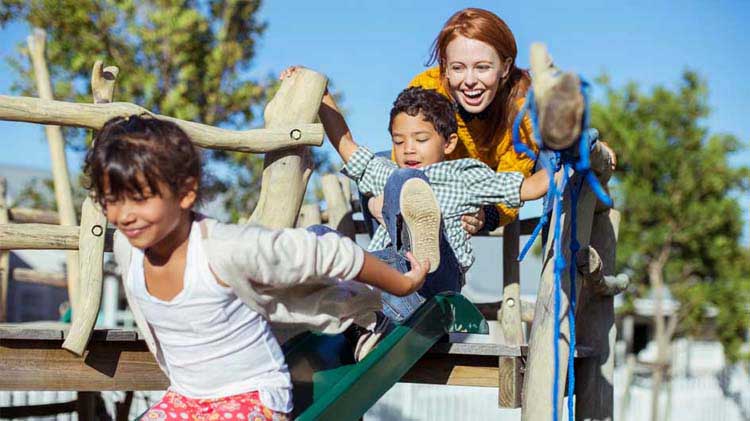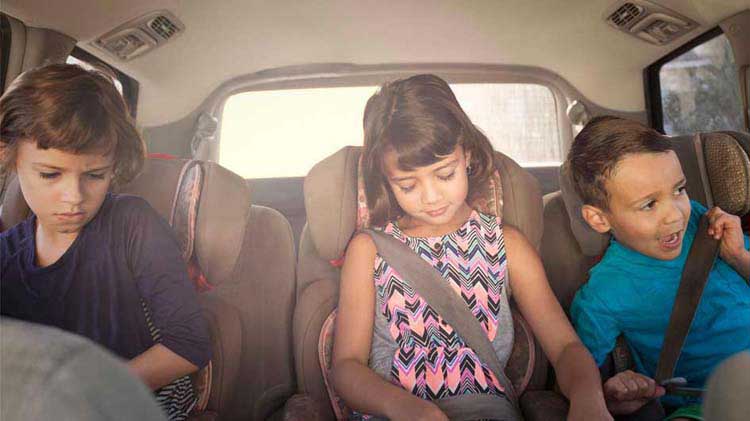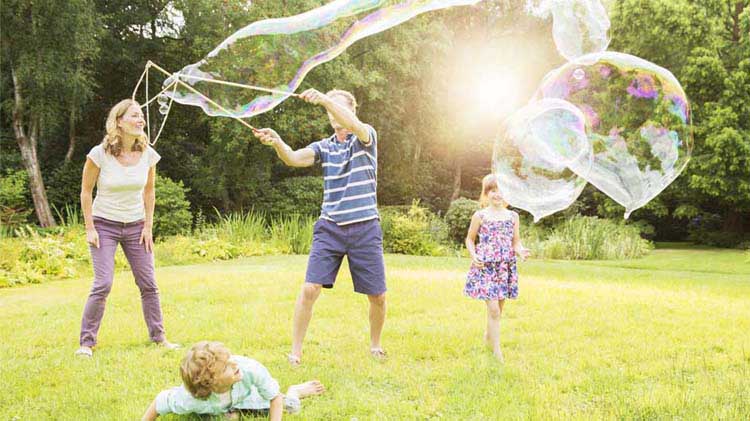Bike safety for kids
Once kids learn to ride a bike, they can benefit from learning bike safety such as wearing helmets, which routes to take and how to “ride right” with the flow of traffic.
As the weather warms up and summer nears, many children are looking forward to getting out on their bicycles. To help your young cyclist enjoy safer riding this summer, consider these tips.
Helmets
Helmets are the most important safety device for reducing head injuries among cyclists. So make it a rule: no helmet, no bike. Be sure the helmet is fitted correctly so that it can help provide optimum protection. It should sit snug and level on your child’s head.
Let kids pick out their own helmets so that they might be more inclined to wear them. And you may even let them put reflective stickers on the helmets which can help catch drivers’ attention. To help keep helmets in good shape and to protect their head when needed, teach kids to not throw their helmets around. Also, get a new helmet for them if they do fall and hit their head. Lastly, set a good example by wearing your own helmet when riding.
Bike size
Make sure the bike is sized correctly to the child. Don't put children on bikes they will grow into. Their feet should be able to touch the ground when they're straddling the bike seat.
Learning to ride
Children can be bike passengers (in child seats or trailers) as soon as they can hold their heads up and wear helmets. Once they have basic motor skills, often between the ages of 3 and 6, they may try bikes of their own. Use training wheels at first, moving them up slightly as your child can balance more confidently. Or consider a balance bike which is a bike without pedals that allows the child to learn balance and steering first. Have your child practice riding both in a straight line — such as along the lines in a vacant parking lot — and in circles to help improve balance. Teach bikers how to use the brakes, too.
Biking rules of the road
Until they ride bikes on their own, children have only been passengers, so instruct them about how to yield, pass and stop safely. Remind bikers that they'll need to follow the same traffic laws that other vehicles do like stopping at stop signs. A bicyclist riding on a roadway needs to ride going in the same direction as traffic and as far to the right as possible. You can help your child remember this, by telling them to “ride right”. Point out potential hazard areas, such as driveways and crosswalks and teach them hand signals for turns and stopping.
Rides and routes
Plan riding routes together and let your child take the lead on a ride. Try rides to the school, a friend's house, a nearby park or pool, increasing or varying the rides as your child gains confidence and stamina. Riding on sidewalks or paved paths is best for children 10 years old and under. Once they are older and more mature, they may be better equipped to ride in the bike lane with other traffic.
Safety extras for kids on bikes
- Wear light-colored or reflective clothing to enhance visibility, particularly at dusk and into the evening hours.
- Check the inflation of tires before a trip.
- See that bikes have reflectors. If older kids are riding when it's dark, outfit bikes with white headlights and red rear lights.
- Turn off the tunes and take off the headphones. Riders should devote their full attention to the road.
- Keep bikes safe too. Lock them up when unattended even if you'll only be away for a few minutes.
We hope these tips help you give your kids a strong foundation for bike safety that they can carry over into e-bikes and cars when they are teenagers and old enough to drive. And don’t let the kids have all the fun, consider biking to work to get exercise and help save gas.
To learn more, review the "A Right to the Road: Understanding & Addressing Bicyclist Safety" report with 30 Life-Saving Action Steps for States, funded by a grant from State Farm®.




